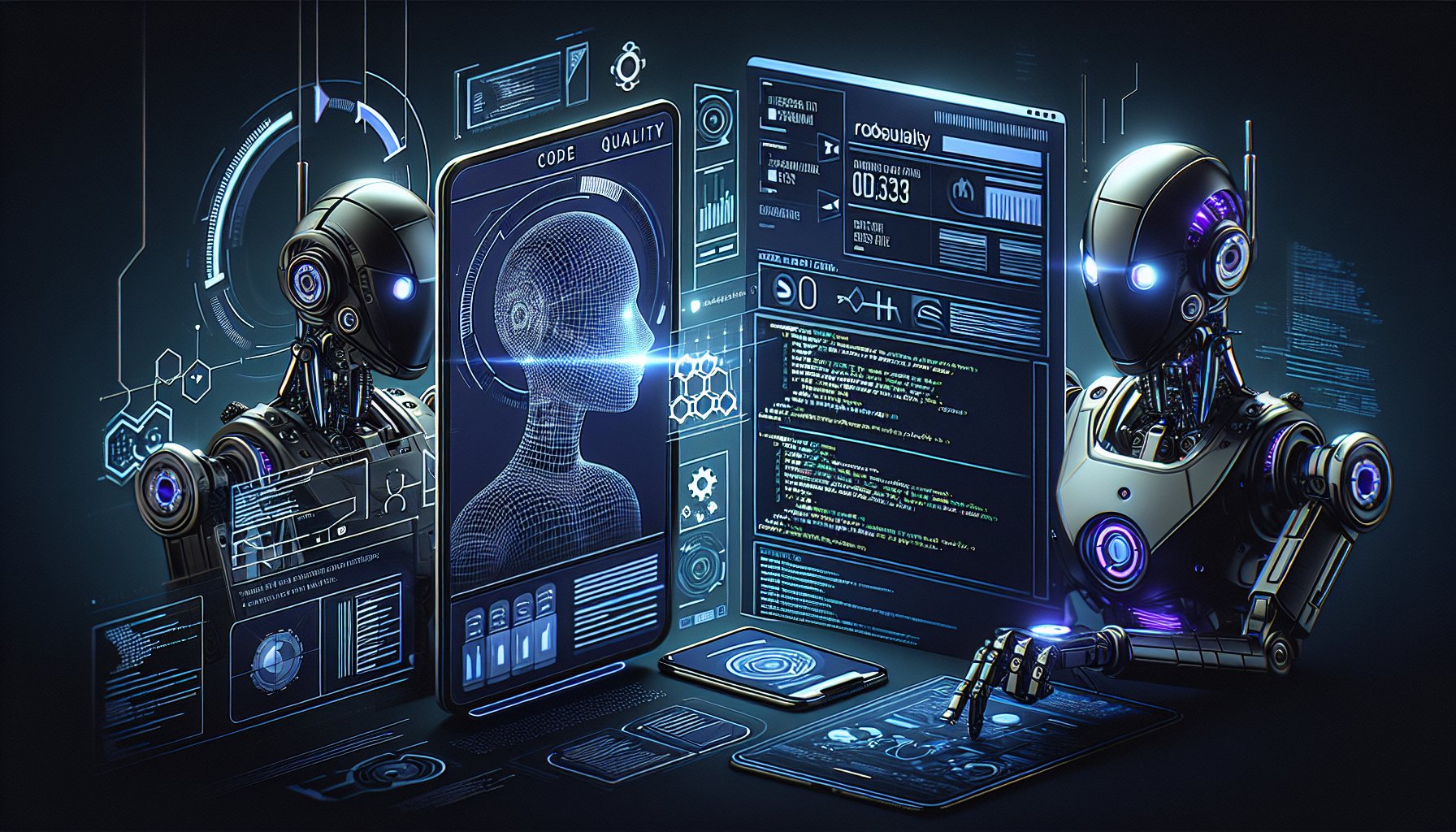Introduction
In the rapidly evolving landscape of IT development, maintaining superior code quality is no longer an option but a necessity. With increasing digitization and the advent of complex technologies, the importance of writing clean, efficient and maintainable code has become paramount. This blog post will provide you with the latest strategies and tools to ensure high code quality in 2025 and beyond.
Continuous Integration: The Lifeline of Code Quality
Continuous Integration (CI) has emerged as a game-changer in code quality management. By integrating code into a shared repository several times a day, CI allows developers to detect errors early and rectify them swiftly. Tools like Jenkins, CircleCI, and Travis CI, offer comprehensive CI solutions that help in maintaining a high standard of code quality.
Static Analysis: Your First Line of Defence
Static Analysis is a preventive measure to identify potential errors and vulnerabilities in the code without executing it. Modern static analysis tools like SonarQube, ESLint, and Pylint can scan your codebase for any stylistic errors, type safety issues or potential bugs, helping you maintain a clean and effective codebase.
Dynamic Analysis: Catching Errors on the Fly
Unlike Static Analysis, Dynamic Analysis tests the code by executing it. It's an excellent way to catch runtime errors, memory leaks, and other unexpected behaviors. Cutting-edge tools like Valgrind, and Google's Sanitizers, offer robust dynamic analysis capabilities.
Automated Testing: Ensuring Code Correctness
Automated testing frameworks have revolutionized the way we verify code correctness. From unit tests to integration tests and functional tests, automated testing ensures your code behaves as expected. Tools like Jest, Mocha, and Selenium make writing and managing tests a breeze.
Peer Review: Human Insight Matters
Despite the advancements in automated code quality tools, human insight remains invaluable. Peer reviews help identify logical errors, improve readability, and foster collaboration. Platforms like GitHub and Bitbucket offer built-in code review tools that streamline the review process.
Machine Learning: The Future of Code Quality
Machine learning techniques are being increasingly used to predict potential bugs and vulnerabilities in the code. Services like DeepCode and CodeGuru leverage machine learning algorithms to provide intelligent code reviews, offering a glimpse into the future of code quality.
Conclusion
In conclusion, ensuring high code quality requires a multi-pronged approach involving continuous integration, static and dynamic analysis, automated testing, peer reviews, and machine learning. By leveraging these strategies and tools, developers can write clean, efficient, and maintainable code, driving the success of their development projects in the era of evolving technologies.
